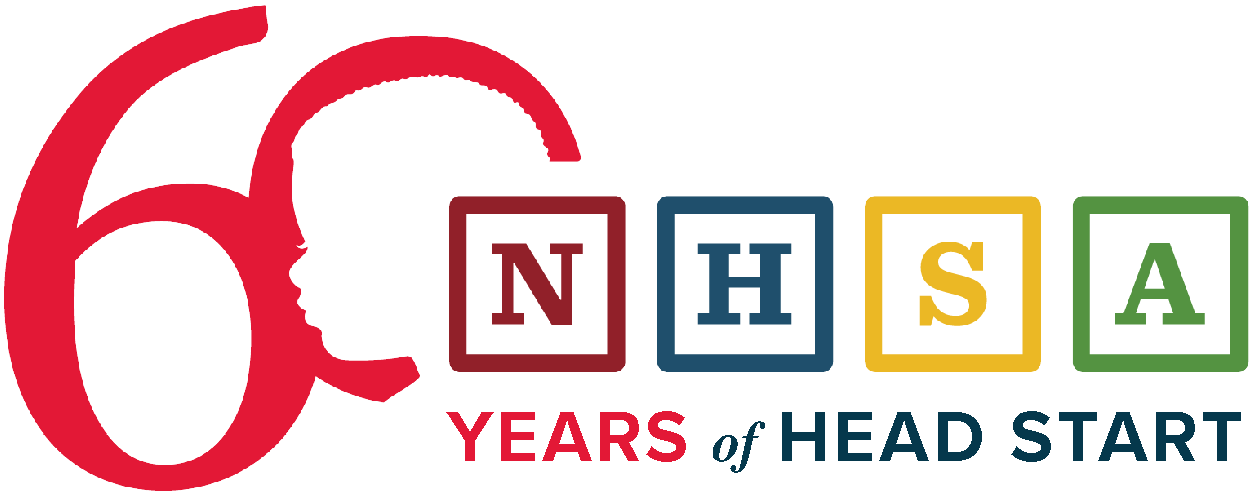Head Start’s Model: Nationwide, Comprehensive, Multi-Generational
Click on your state to download your state’s Head Start Fact Sheet or explore Head Start locations in detail.
Explore NHSA’s District and National Fact Sheets
-
American Indian/Alaska Native (AIAN) Head Start Profile
-
District of Columbia Profile
-
Migrant/Seasonal Head Start Profile
-
Overall National Profile
-
Early Head Start Facts & Figures
In the six decades since Head Start’s founding, we have reached a new milestone: nearly 40 million children have been served. From early math and reading skills, to confidence and resilience, Head Start helps children build the skills they need to be successful in school and life. Head Start takes a comprehensive approach to meeting the needs of young children and their families. There are four pillars in every program:
- Education: Learning experiences support intellectual, social, and emotional growth
- Health Services: Immunizations, dental, medical, and mental health support, nutritional services, and early screenings ensure healthy development
- Family Involvement: Opportunities for parents and caregivers to be involved in decision making, participate in classes, and volunteer in the program strengthen families
- Wraparound Support: Tailored services meet local and individual needs and link children and families to community supports.
National Snapshot
3,982,062 Home Visits Conducted Throughout the Year 70,578 Children Recieved Care for a Chronic Health Condition 13,462 Pregnant Women Served 685,665 Children Received Preventative Dental Care 392,344 Newly Enrolled Children Completed Behavioral Screenings 570,172 Children Up-To-Date on Early and Periodic Screening, Diagnostic, & Treatement Screenings 54,768 Homeless Families Served 15,091 Veteran or Active Duty Military Family Member 203,021 Fathers Involved in their Child’s Educational Experiences 48,697 Head Start Classrooms 250,823 Total Head Start Staff 539,848 Parents Employed, in School, or in Job Training
Long-Term Impacts
Economic Stability: Head Start participants are 12% less likely to live in poverty as adults and 29% less likely to receive public assistance.
Early Support: Families in Early Head Start have stable home environments and less involvement with the child welfare system.
Advancing Parents: Head Start enhances parents’ education level, employment status, and income.
Health: Head Start children have more access to health care and have improved physical health throughout their lifetime.
State Profile Resources
Front Page
- FY23 Funding (DHHS)
- FY23 Funding – National Number (Congress)
- Funded Slots (PIR – A.1.a)
- Centers statewide (ECLKC)
Back Page (PIR)
- Home Visits: EHS home-based option (A.3 x 46) + Head Start Home-based option (A3 x 32) + Center-based Option (A.2.a + A.2.b + A.4 + A.5 x 2)
- Pregnant Women (A.11)
- Behavioral Screenings (C.28)
- Care for a Chronic Health Condition (C.8.a.1)
- Preventative Dental Care (C.17-2)
- Up-to-Date on EPSDT (C.7-2)
- Homeless Families (C.47)
- Services that Promote Family Outcomes (C.45)
- Fathers Involved in their Child’s Educational Experiences (C.46.c)
- Classrooms (A.9)
- Staff (B.1-1 + B.1-2)
- Parents Employed, in School, or in Job Training (C.37.a + C.38.a.2)
Data Sources:
ECLKC: Early Childhood Learning & Knowledge Center, Office of Head Start, Head Start Center Location Datasets. Retrieved from: https://eclkc.ohs.acf.hhs.gov/about-us/article/head-start-center-location-datasets (Downloaded January 2, 2024)
PIR: Head Start Program Information Report (PIR), Office of Head Start. Retrieved from: https://hses.ohs.acf.hhs.gov/pir/ (Downloaded November 15, 2023)
DHHS: Department of Health and Human Services – Administration for Children and Families, Fiscal Year 2024, Justification of Estimates for Appropriations Committee. Retrieved from: https://www.acf.hhs.gov/sites/default/files/documents/olab/fy-2024-congressional-justification.pdf
Congress: https://www.congress.gov/117/plaws/publ328/PLAW-117publ328.pdf
Children section quote:
Bailey MJ, Sun S, Timpe B. (2021) Prep School for Poor Kids: The Long-Run Impacts of Head Start on Human Capital and Economic Self-Sufficiency. Am Econ Rev. 2021 Dec;111(12):3963-4001. doi: 10.1257/aer.20181801. PMID: 35418710; PMCID: PMC9005064.
Families section quote:
Barr, A., Gibbs, C. (2022). Breaking the Cycle? Intergenerational Effects of an Antipoverty Program in Early Childhood. Journal of Political Economy, 130 (12): 3253-3285.
Community section quote:
Lacey, L. (2023) The physical and mental health returns of Head Start 25 years after participation: evidence from income eligibility cutoffs. Economic Inquiry, 61(4), 870-890.
Take Part
Join NHSA to help advance a strong and innovative early childhood profession.
Take Action
We need powerful advocates to secure a bright future for Head Start children and families.
Take Care
Support our early childhood workforce as they shape the lives of the next generation.
